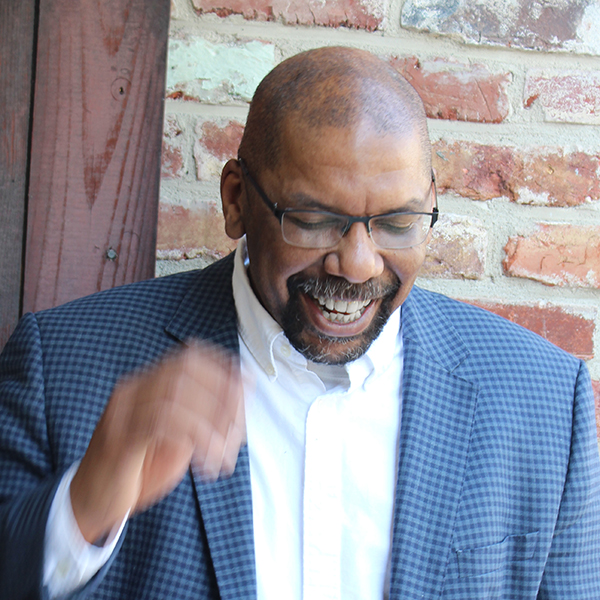
A Principal with Baskervill, Burt Pinnock has been a profound voice for creative, compelling, and responsible design in Richmond’s urban landscape. Once the Capital of the Confederacy and an epicenter of the nation’s slave trade, Richmond was also home to thriving, independent black communities. His body of work spans projects that seek to preserve and integrate those distinct identities into a more complete version that is contextual to both time and space. Burt has also served on a number of boards and commissions, including the Board of Zoning Appeals, Commission of Architectural Review, Urban Design Committee, Richmond Slave Trail Commission, LISC Advisory Board, Historic Richmond Foundation, Venture Richmond, and many more. He is also the creator and co-founder of Storefront for Community Design, a nonprofit that creates access to architecture and design services while also facilitating community engagement workshops for development efforts throughout the city.
Where did you go to college?
Virginia Tech
Would you recommend studying architecture
Always. Always. Always.
What does it take to be an architect?
The ability to imagine something where nothing exists and to accept the responsibility for what you design to put on this earth.
Was there an architect that particularly inspired you?
Paul Rudolph for his design of the Chapel at Tuskegee University in Alabama where I grew up and Tadao Ando for showing me that architecture rooted in culture is not a proposition of form but the embodiment of spirit.
What are you currently reading?
The Color of Law by Richard Rothstein
What’s the best meal you’ve ever had?
A traditional Spanish dinner while on vacation with friends outside Camprodon, Spain and the time my father made curried goat and BBQ in the backyard for me and my friends during my third year of college.
Why do you volunteer with the AIA?
See answer #3. I remember when I was at Tech, Professor Gene Egger telling us in one of the weekly studio gatherings, “When lawyers were burning witches at the stake and doctor’s were using leeches, architects were designing cathedrals.” That, I believe, is the vocation we serve. We have an imperative to make our communities and this profession better for those that will come next. The AIA provides the means for us to do that and volunteering time and resources is a small price for such a significant return.
